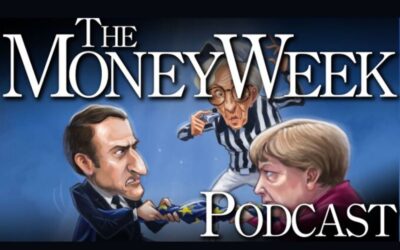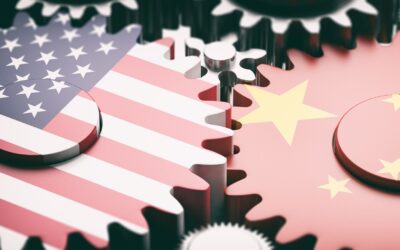10/07/20203 mins
Monthly Commentary – June 2020
As the world began to emerge from lockdown, equity markets continued to rally into June. It was a ‘seesaw’ month, however, on distinctly mixed news. Concerns grew over the risk of a second wave of Covid-19 infections, but central bankers continued to pledge fresh support to minimise the economic impact. Some data was better than expected too, including Chinese manufacturing and US payrolls.
The Federal Reserve’s first economic projections since December stressed that the virus could inflict permanent damage on the US economy. A negative market reaction was offset by the Fed’s announcement that it would buy individual corporate bonds. Further support came from reports that the Trump administration is considering a $1 trillion infrastructure programme to help revitalise the world’s largest economy.
The US saw its biggest daily rise in Covid-19 infections. Southern states seemed worst affected with Texas and Florida dialling back on their reopening whilst additional inter-state quarantine measures were announced. However, the White House remained focused on reopening the economy. The Chinese authorities put Beijing back into lockdown as cases spiked again, and the UK government imposed a local lockdown on Leicester. Some fear that the resurgence in Covid-19 cases might delay an economic rebound.
The World Bank predicted the biggest contraction in the global economy since World War II. The International Monetary Fund also slashed its forecast, projecting a deeper recession and slower recovery than it expected just two months ago. The European Central Bank expanded its bond purchases by €600 billion, extending them until at least the end of next June. Although the EU opened its borders to visitors from 15 countries, US citizens remain barred. By the month-end deadline, the UK had not requested a transition extension from the EU – raising the prospect of a no deal Brexit.
International tensions increased. The US Federal Communications Commission designated China’s Huawei Technologies and ZTE Corp as national security threats, although President Trump insisted that “the China trade deal is intact”. Despite potential repercussions from the US and the UK, China confirmed that it would impose the controversial National Security Law on Hong Kong. Border skirmishes between Chinese and Indian troops resulted in fatalities, and a war of words erupted between China and Australia.
The best performing region was Asia Pacific (ex Japan), as economic data provided support. Latin America and Europe (ex UK) also did well. Japan was the weakest region, on continuing concerns about its economy and a modest spike in infections in Tokyo.
Information technology was the strongest sector, with the tech heavy Nasdaq hitting an all-time high. The main underperformers were the typically defensive utilities and healthcare sectors.
The oil price rose above $40 for the first time since March, helped by stabilising economic data and speculation that OPEC+ members will improve compliance with recently extended production targets.
As the gold price reached its highest level since 2011, this was another strong month for our gold mining holdings – notably Newmont and Barrick Gold, two of the sector’s largest, most liquid and widely diversified groups. With economic forecasts bleak, lower-for-longer interest rates and unrestrained stimulus, the outlook for gold exposed stocks remains bright.
Please remember that past performance may not be repeated and is not a guide for future performance. The value of shares and the income from them can go down as well as up as a result of market and currency fluctuations.
Please note that SIT Savings Ltd is not authorised to provide advice to individual investors and nothing in this article should be considered to be or relied upon as constituting investment advice. If you are unsure about the suitability of an investment, you should contact your financial advisor.



